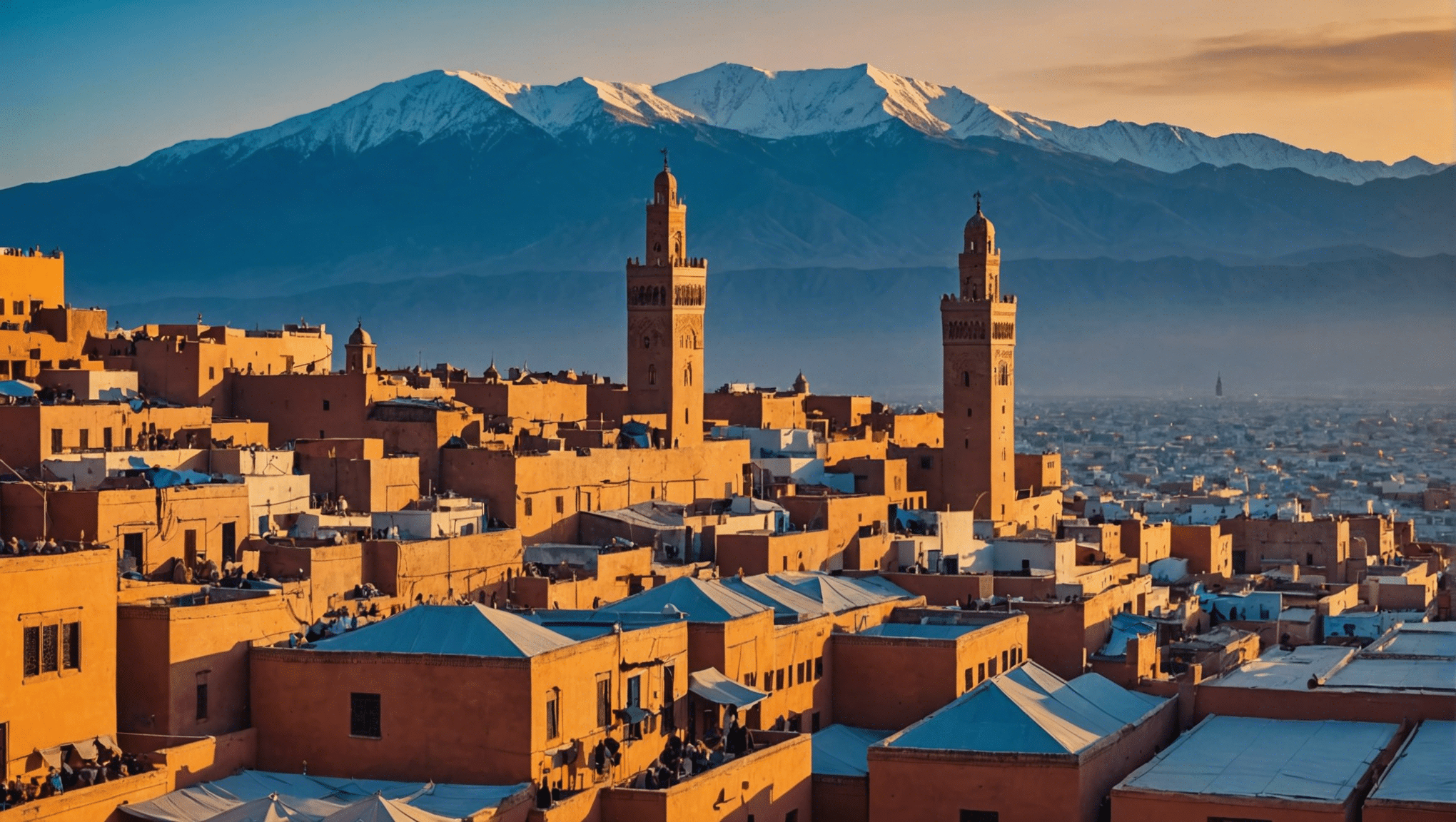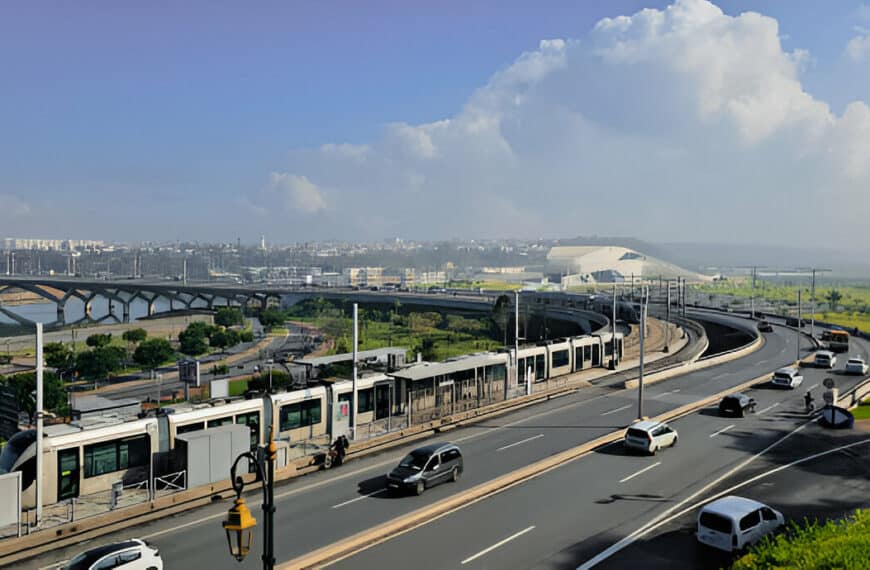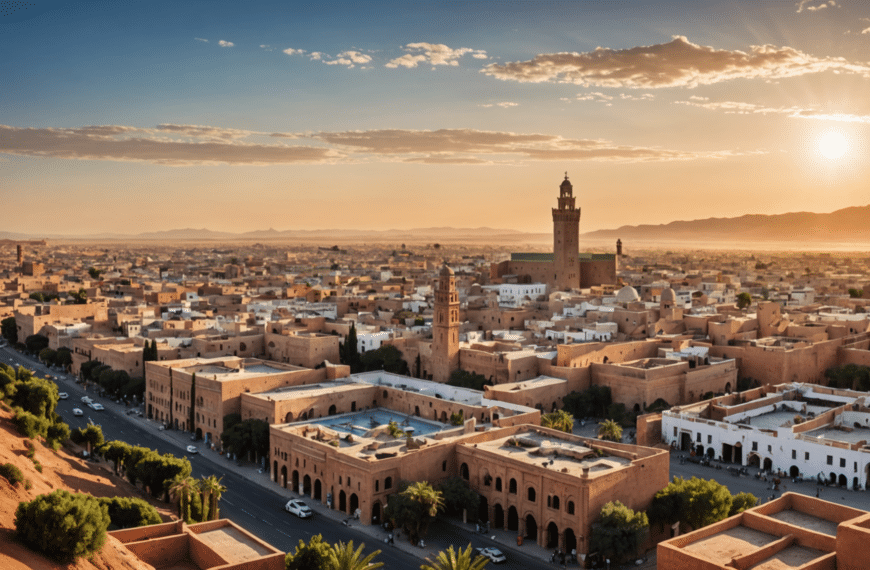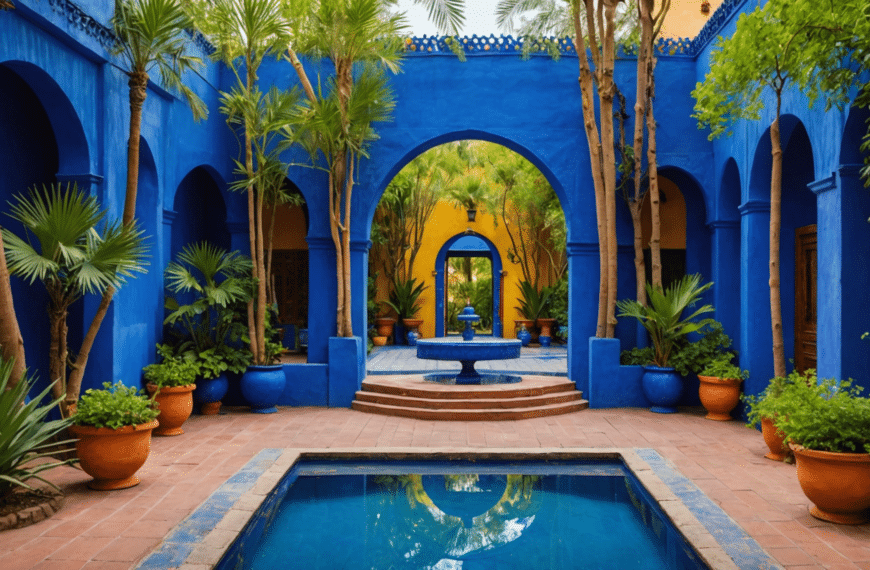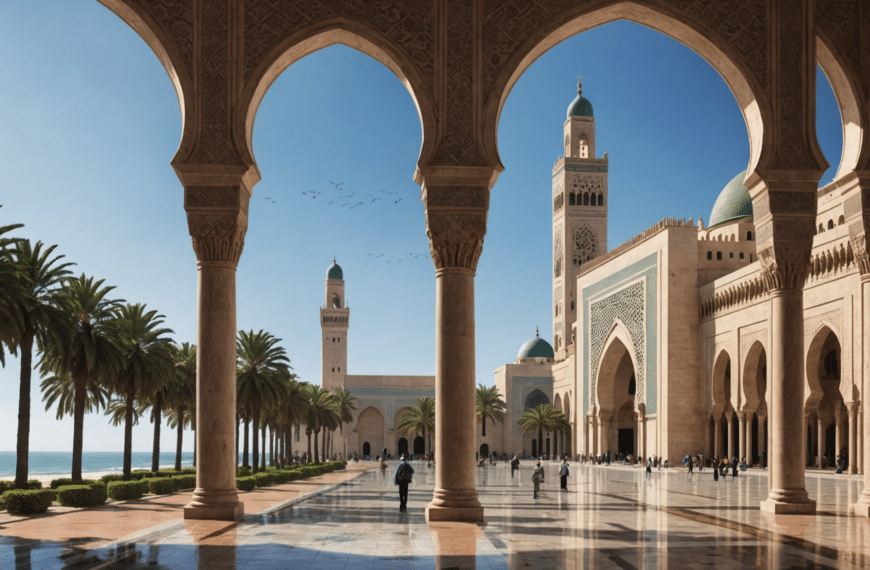Visiting Morocco in January offers a unique opportunity to experience the country’s diverse climates, from snowy peaks to mild coastal areas. Understanding the weather patterns during this month can help travelers plan their itinerary more effectively.
Overview of January Weather
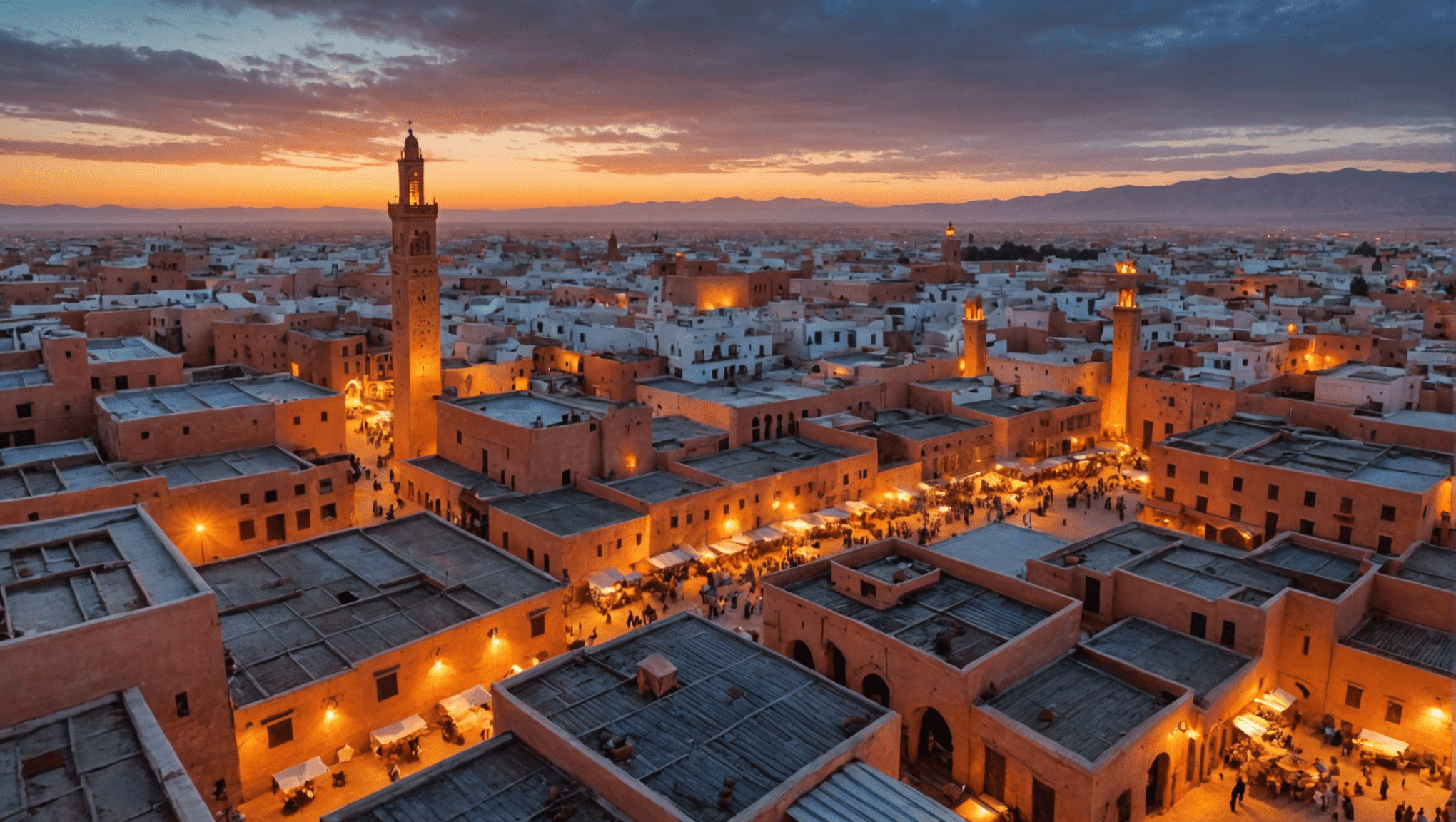
January is part of Morocco’s winter season, which brings cooler temperatures compared to the sweltering heat of summer. The weather varies significantly depending on the region, making Morocco a fascinating destination for those interested in experiencing different climates within a single trip.
Temperature Variations Across Regions
In the north and along the coast, cities like Tangier and Casablanca experience mild weather with average highs around 17°C (63°F) and lows near 8°C (46°F). This contrast starkly with the interior regions such as Marrakech where daytime temperatures are cooler, typically around 18°C (64°F), but nights can be chilly, dropping to around 6°C (43°F).
The Atlas Mountains present an entirely different scenario. Here, temperatures can plummet below freezing, especially at higher altitudes. Snowfall is common, which not only affects travel plans but also offers opportunities for winter sports such as skiing at resorts like Oukaimeden.
Precipitation Patterns
January is one of the wetter months in Morocco, particularly in the northern and coastal regions. Cities like Rabat and Tangier receive a fair amount of rain, averaging about 80 mm over the month. This moisture rarely translates into heavy downpours, instead presenting as moderate but persistent rain which can last a few hours.
- Marrakech and other inland areas see less precipitation, with occasional short showers rather than prolonged rainfall.
- The Sahara Desert remains dry, with virtually no rainfall, preserving its arid landscape.
What to Pack
Packing for a trip to Morocco in January requires preparation for a range of conditions. Layering is key, as temperatures can vary significantly between day and night.
- A warm jacket or coat for chilly evenings and mountain excursions.
- Waterproof clothing or an umbrella for northern and coastal cities.
- Comfortable walking shoes that can handle both urban explorations and potentially slippery mountain paths.
Sun protection is still necessary despite the cooler temperatures, so include sunglasses and sunscreen in your luggage.
Activities Suited for January Weather
The cooler temperatures make January an excellent time for exploring Morocco’s bustling cities without the exhaustion brought on by intense heat. Walking tours through markets like Marrakech’s famous Jemaa el-Fnaa are more comfortable, and visitors can enjoy longer strolls through historical sites such as Volubilis near Meknes without overheating.
For those drawn to nature and adventure, the Atlas Mountains offer breathtaking landscapes covered in snow. Trekking might require more preparation due to cold weather, but the views are unparalleled. Additionally, visiting the Sahara Desert during this time means cooler days suitable for camel treks and overnight camping under the stars.
Cultural Events in January
Morocco hosts several cultural events in January that provide insight into its rich heritage. The International Festival of Amazigh Culture celebrates Berber traditions with music, dance, and art exhibitions. This festival usually takes place around January 12th-13th, coinciding with Yennayer, the Amazigh New Year.
Understanding Morocco’s diverse weather patterns in January helps travelers prepare adequately for their visit. Whether you’re exploring ancient cities or trekking through snowy mountains, each region offers its own set of wonders influenced by its distinct climate conditions during this winter month.

